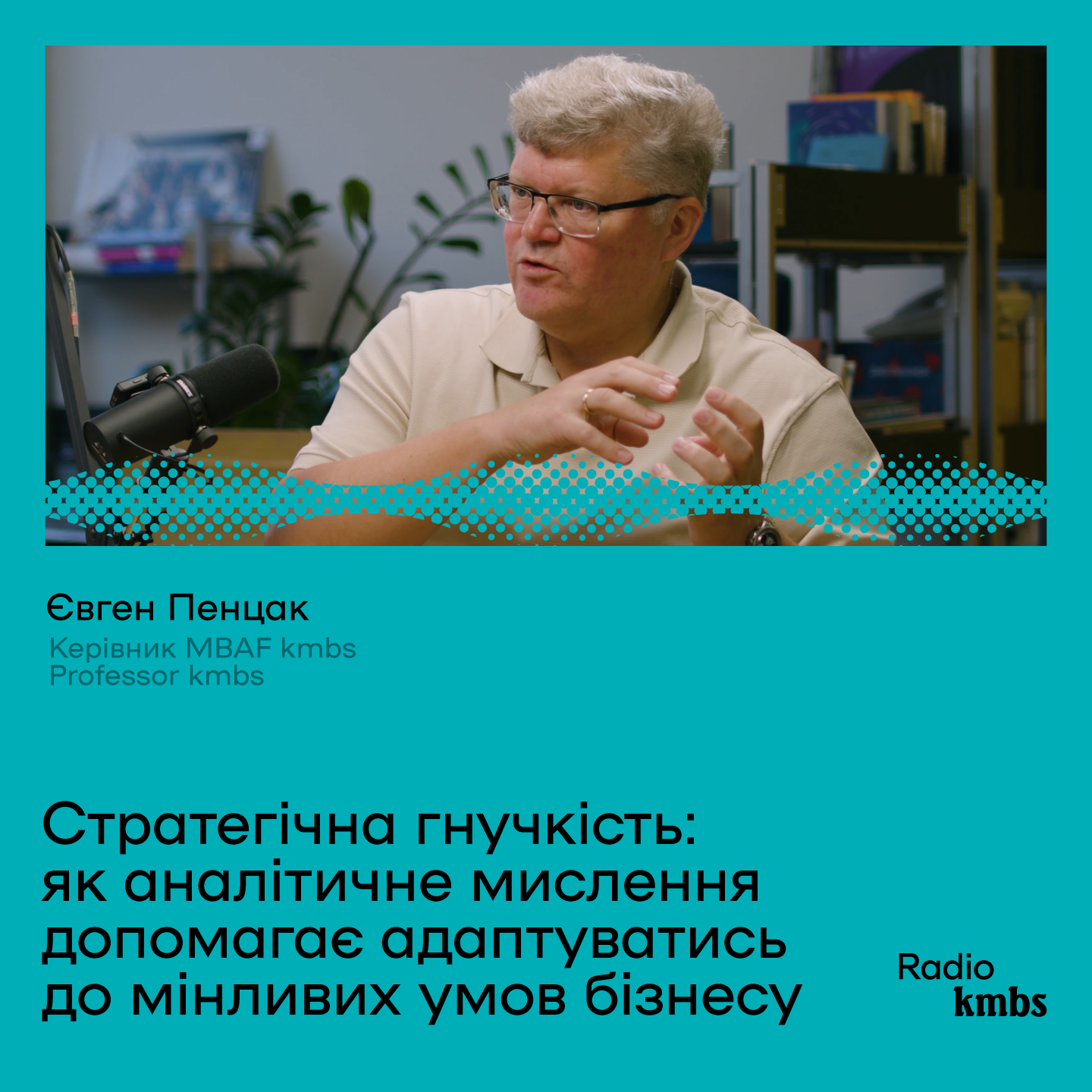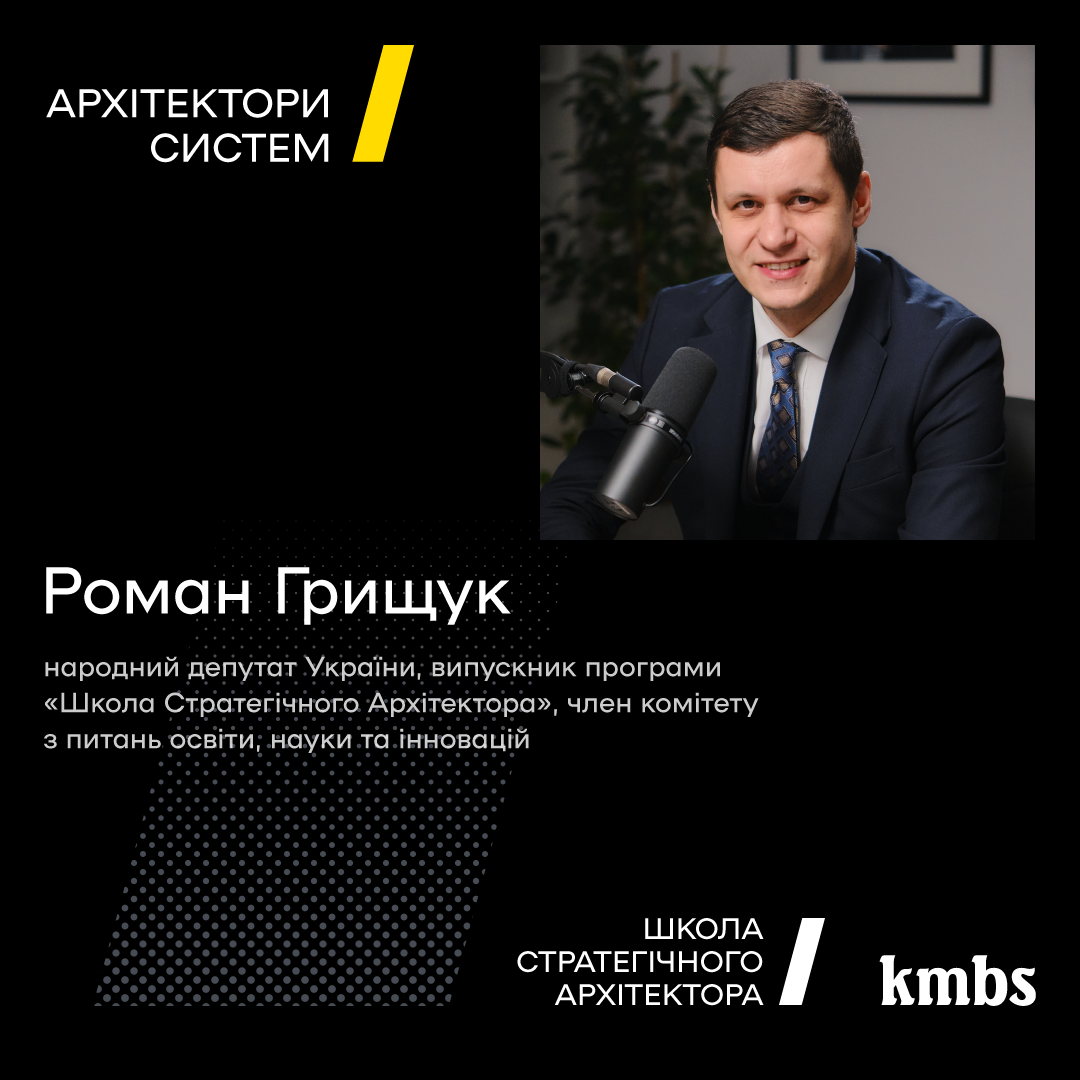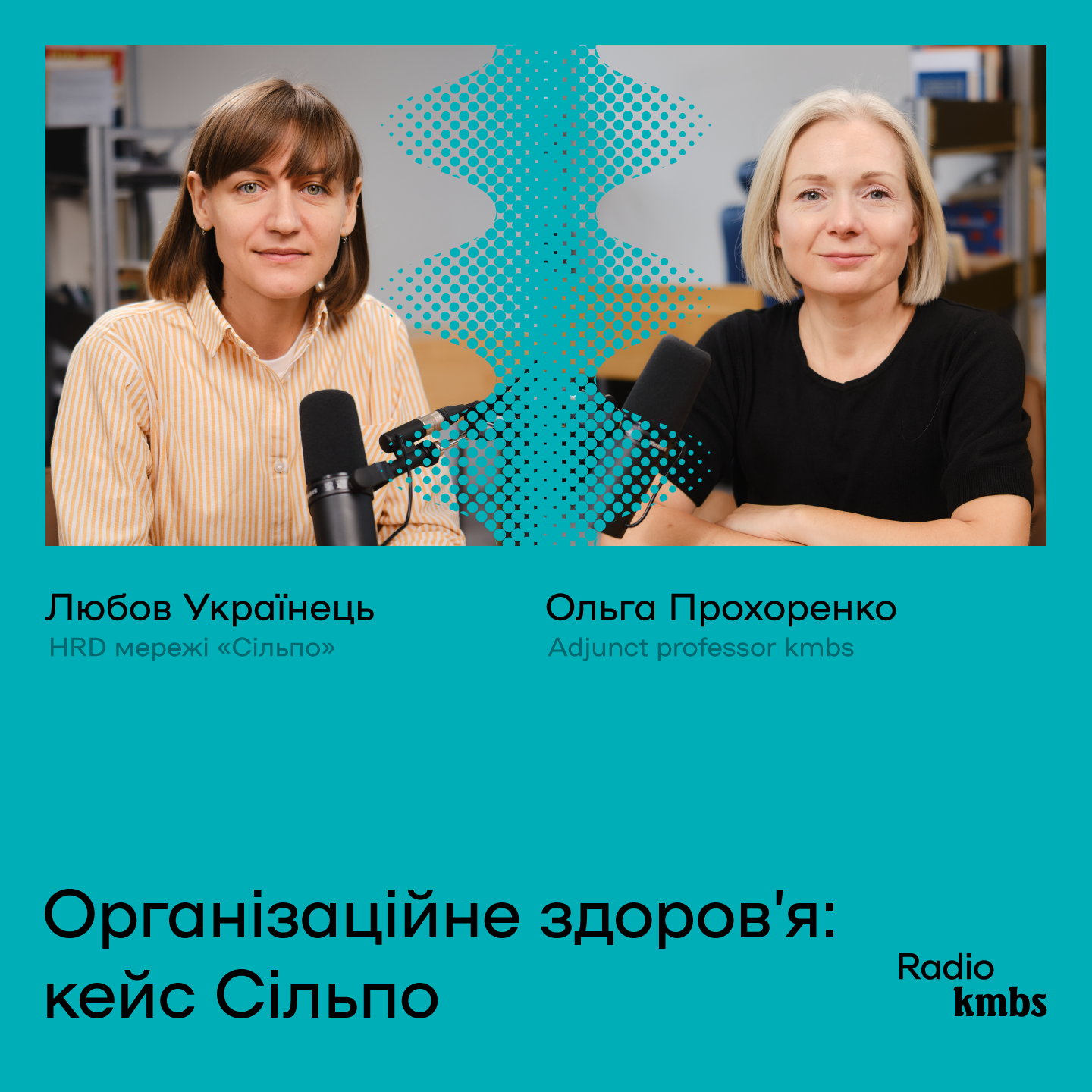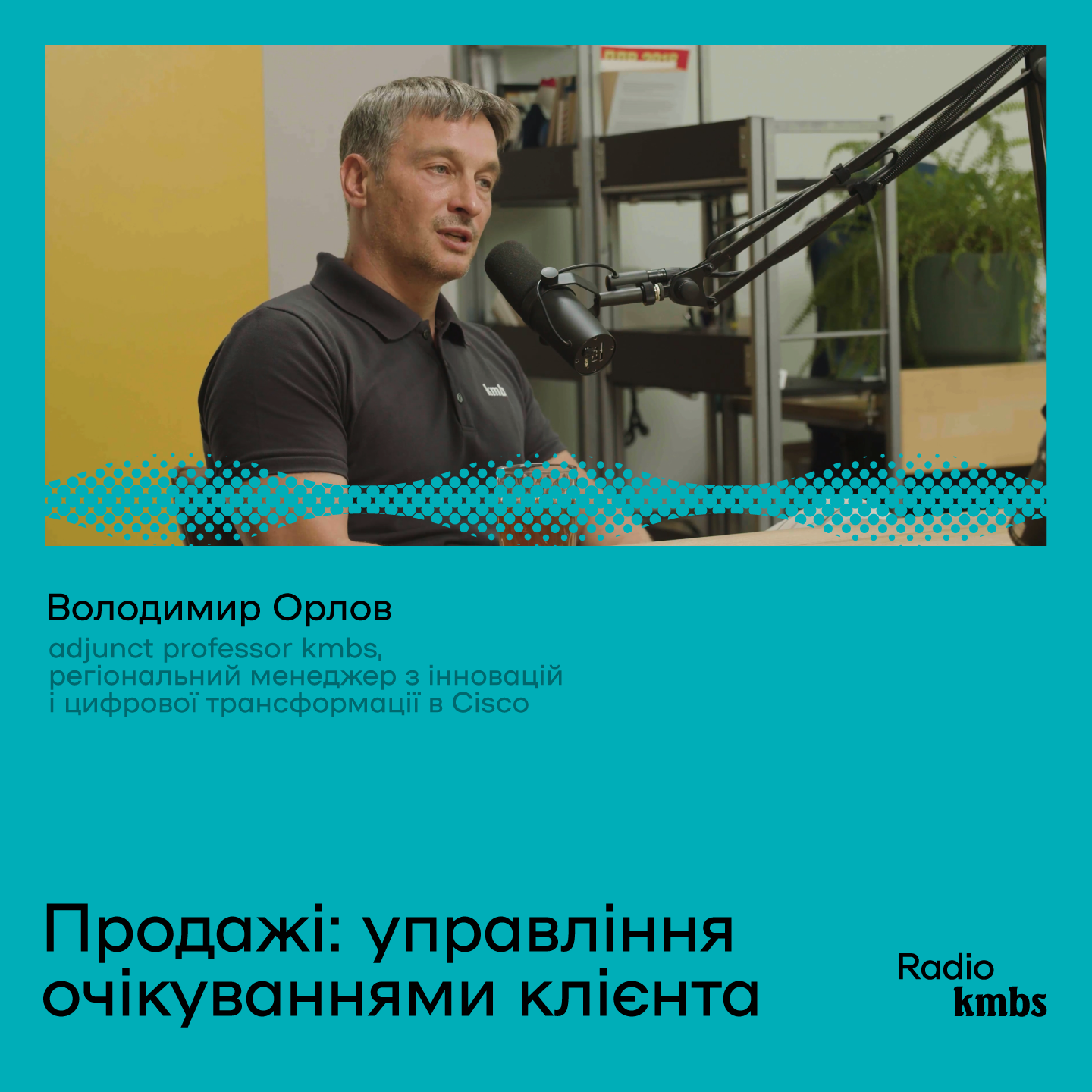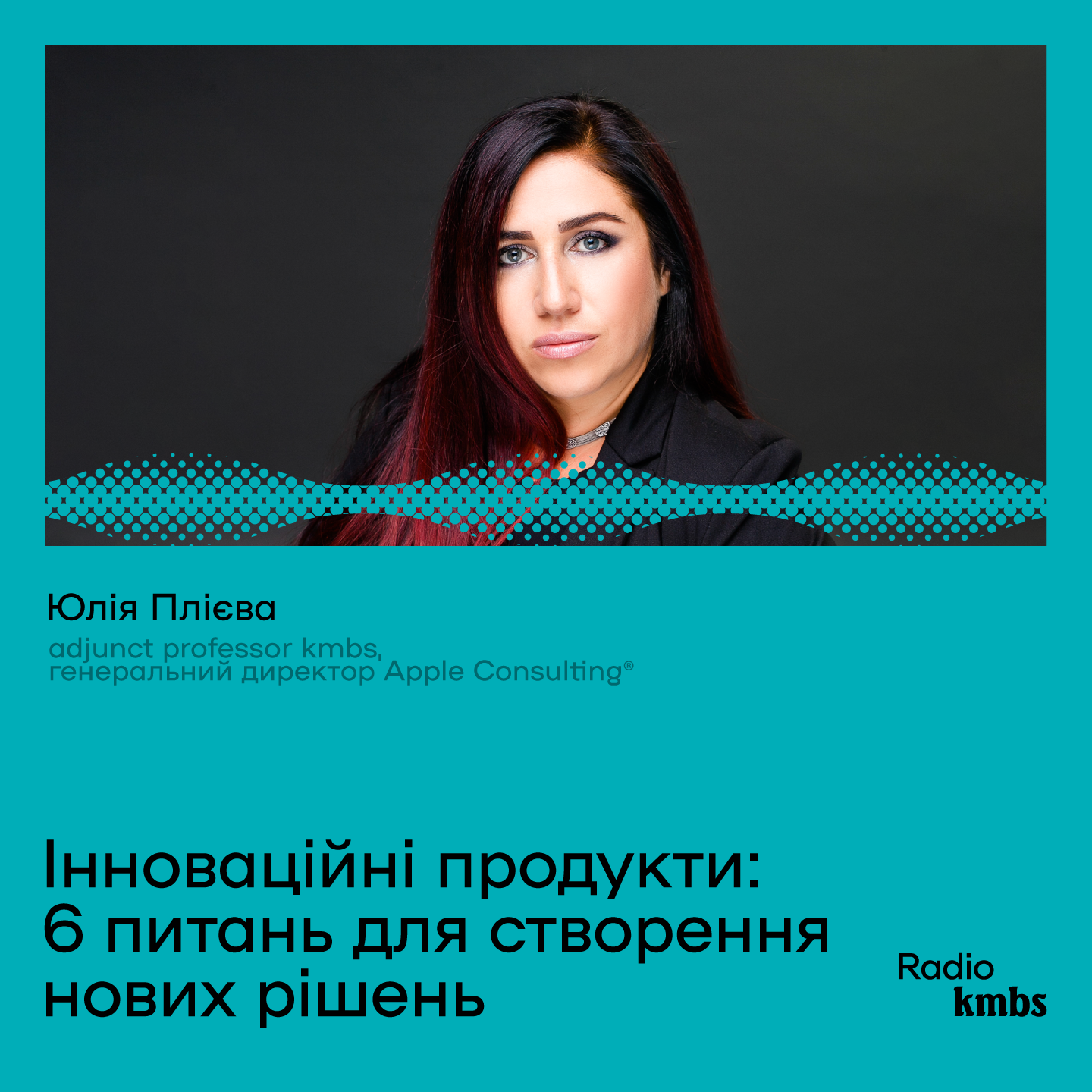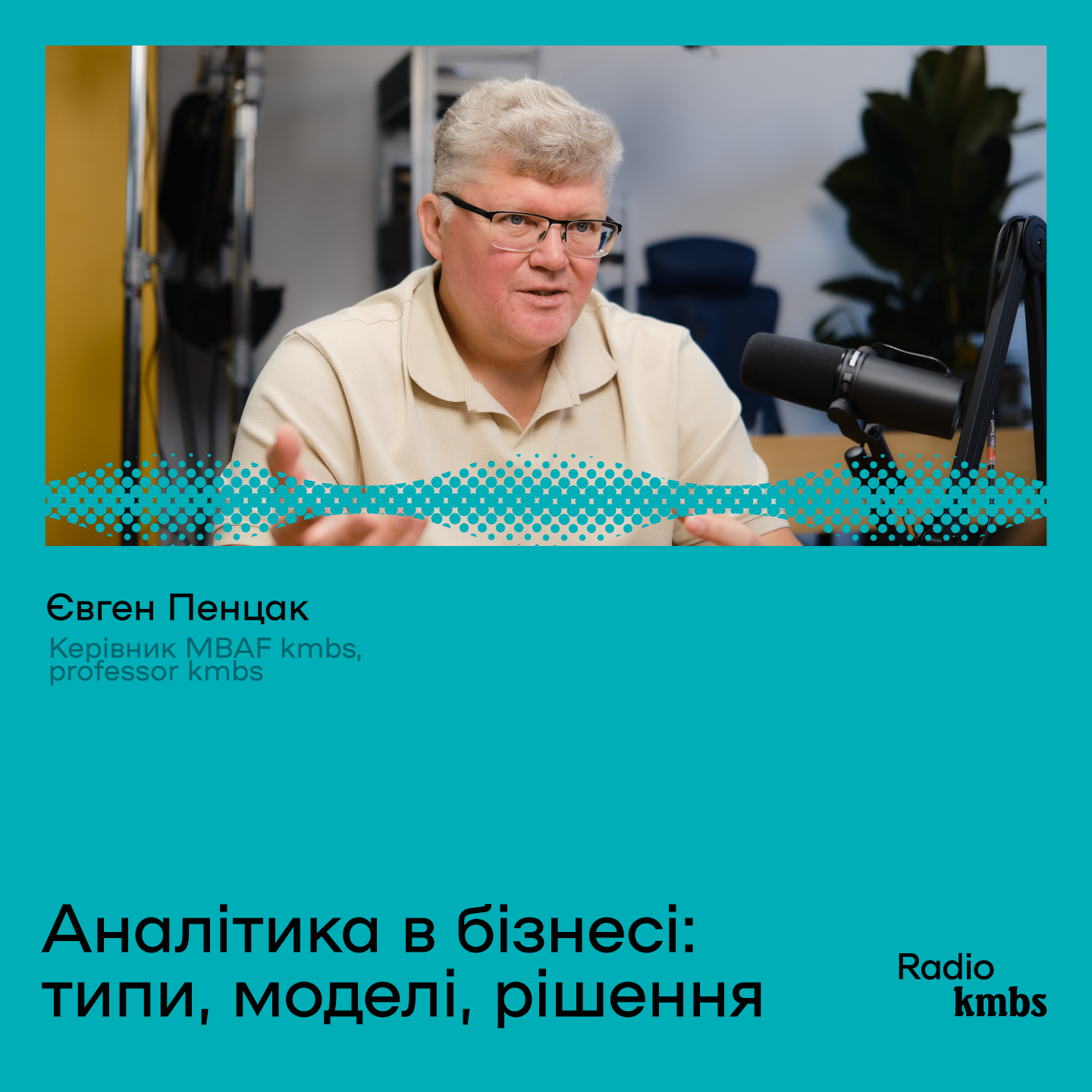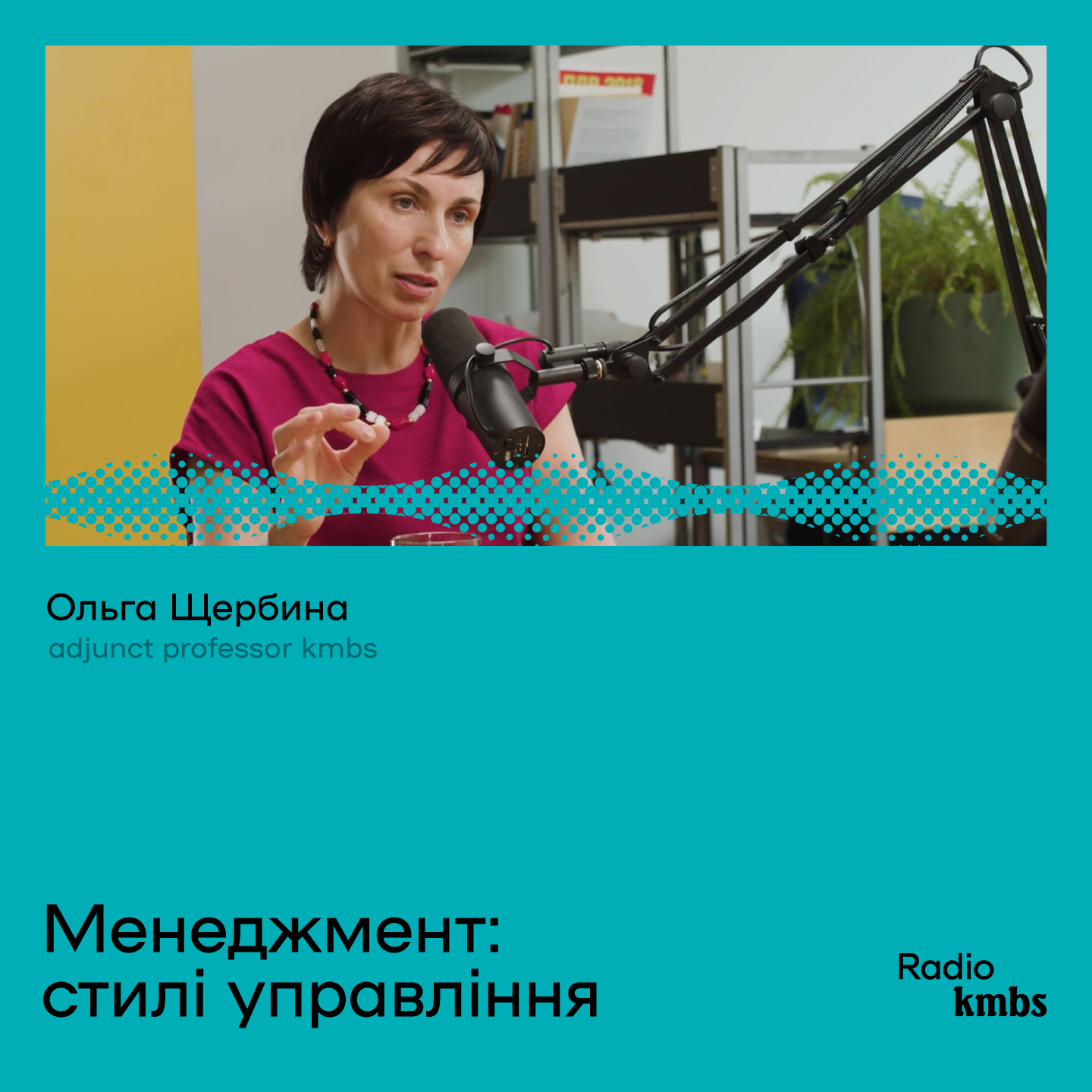Learn first
KMBS latest news in real time

For the latest KMBS events and news, visit KMBS Live at the top right corner of the screen
Open kmbs live 12.11.2021
12.11.2021 3462
3462 11min
11minThe birth of the Chornobyl tourism idea
I was four when the Chornobyl accident happened. However, I remembered a lot. There was panic. No one understood what to do, how to deal with the radiation that covered the Kyiv region. The state kept everything secret and said nothing to the people. My brother and I were rushed to some distant relatives a thousand kilometers away, and our parents stayed in the capital.
When we returned, our lives changed. Because of the radiation pollution, we had to throw most things out of the apartment, particularly my father’s scuba, which I was to inherit. Daily, we monitored radiation levels on the street and checked the food with a dosimeter before eating. In kindergartens and schools, teachers and children avoided kids displaced from the Chornobyl district: everyone believed that the latter were so radioactive they could harm others. The fear of parents and society was transmitted to the children, settling deep in their minds.
Since then, I have heard only negative clichés about Chornobyl: radiation, cancer, liquidators, and payment of pensions. It was the common perception of Chornobyl by millions of Ukrainians who were not deeply immersed in the subject. And each time when helicopters flew over Kyiv, I shrank internally, recalling the events of 1986.
Fifteen years ago, when already being an adult, I worked as a TV journalist, the computer game Stalker came out, and I remembered Chornobyl again. I was interested in going there to see what I was afraid of all my life. I prepared carefully: bought disposable clothes, a few dosimeters, and respiratory protection. And so, equipped and frightened, I went on a journey with the former inhabitants of Prypiat town.
On the way, I was listening about Chornobyl in the usual negative way: how beautiful the city used to be, what advanced technologies were implemented there, and how bad everything is now — people are displaced, territories are abandoned, pensions are not paid… Meanwhile, I was looking out the window at the incredible nature. For the first time in my life, I saw a mother moose with a baby right in front of the bus! I faced a dilemma: I saw one thing and heard another. And the closer we got to the epicenter of the accident, the clearer I understood: what I heard and knew had nothing to do with reality.
I was lucky: Serhii Myrnyi, a liquidator, the commander of radiation reconnaissance, who worked in Chornobyl in the first months after the accident, was with us on that trip. In his days there, they drove armored vehicles and made the first pollution maps used to build a liquidation strategy.
The closer we got to the epicenter of the accident, the clearer I understood: what I heard and knew about Chornobyl had nothing to do with reality
After the accident, he studied the effects of radiation on the bodies of liquidators and evacuees: both physical and informational. And, according to his observations, the most significant harm to people was caused by the psychological component. After all, when something hurt, people went to the doctor and heard, “What do you want? You’re from Chornobyl. Go home and fall into pieces.” And this lasted for decades, provoking the most terrible consequences of the accident.
During our trip, Serhii told other passengers, “Guys, stop rubbing in the trauma! Right now, you are without special overalls, driving without harm to your body. Look around! This is the result of the work of liquidators and nature. This story is not only traumatic. The choice is ours — to be victims of the accident or the winners.”
Sometime after the trip, I approached Serhii and offered him to open Chornobyl to people in this positive, even victorious way. Thus Chernobyl Tour project was born. At first, its working name was CHORNOBYL VICTORY TOUR. It embodied the idea of eliminating information trauma after the accident. No one had done this before us, neither the USSR leadership nor the top men of the young Ukraine who had many other issues.
From the exclusion zone to the revival zone
The term "exclusion zone" appeared in the first years after the accident and has remained in people's minds. However, during my first trip there, 15 years ago, I became convinced that the definition does not correspond to the essence.
There is certain "information pollution" in our genes: we have been told about the Chornobyl problem for decades. The liquidators had to prove their right to benefits for years, the evacuees suffered from the fact that their neighbors shunned them. I know a lot of such stories. Sometimes the parents even forbade their daughter to date a guy, "because he is from Chornobyl, you will have mutant children." We have lived in this negative field for a long time.
Tourism, oddly enough, is a tool for overcoming this informational and psychological trauma. When people began to travel to the exclusion zone, their attitude towards Chornobyl started to change rapidly, to heal. Representatives of various nuclear power plants, including Fukushima, often come to us and take our experience. Last year, a Japanese woman, after taking our tour, said, "I see how Chornobyl has recovered, and now I understand that there is a future in our affected territories too."
The so-called "exclusion zone" has been reviving without humans for decades. In fact, this process began immediately after the end of the active phase of liquidation. Therefore, it is more logical to call this territory a "revival zone." People left the place, and nature was renewed there. Now there are many potential historical sites, which are Ukrainian and global because the events at Chornobyl affected the world as a whole. The radiation profile of the pollution remained the same as in 1986, but the radiation levels fell tens of thousands of times. In general, being in Chornobyl, following the elementary rules of radiation safety, is now safe.
Tourism, oddly enough, is a tool for overcoming an informational and psychological trauma. When people began to travel to the exclusion zone, their attitude towards Chornobyl started to change rapidly, to heal
For a long time, many people in the world could not put together "Chornobyl" and "tour." We tried to convey what is there today: we went to international exhibitions and conferences, held teleconferences… We practically proved that the dose of radiation received one hour on the plane is equal to a whole day on the tourist route in Chornobyl. A person who once got into Chornobyl with a dosimeter will get rid of all fears about radiation and will see that there really is a revival zone there.
Why is it important to talk about Chornobyl?
Ukraine still does not have any state program for handling information about Chornobyl. The tragedy is remembered on April 26, memorial day, and on December 14, the day of the liquidator. And a few people know of the latter (on this date, the construction of the Sarcophagus was completed).
Children are not interested in learning about Chornobyl. In the 11th grade textbook, there is one paragraph about the accident. This situation needs to be changed because many stories could be told to schoolchildren, at least within the framework of national-patriotic education. In recent years, we have been working to approve a route for minors in the exclusion zone without getting off the bus (except for specially prepared sanitary zones). It will be a completely safe tour, similar to other bus excursions for schoolchildren, in which the total dose of radiation will be lower than a similar bus tour in Kyiv. I am sure that in this way, it will be possible to visually and interestingly tell children about the events that took place in 1986 and reduce the number of illegal visits to the Chornobyl zone by minors (after all, now they cannot get there legally).
In general, now Chernobyl Tour is nearly a single tool that shows people what is happening in the exclusion zone. The worst thing is ignorance. This year we signed a memorandum with Kyiv City State Administration and Kyiv Region State Administration and are starting to bring people from nearby regions to Chornobyl. They should personally see what is next to them, walk around with a dosimeter in their hands and understand that they should not be afraid of the exclusion zone. I believe that in this way we will make life easier for these people.
On the other hand, we explain that they must avoid going to the Chornobyl zone to pick up mushrooms. After all, although the level of radiation is very low, if such food gets inside the body, it can cause some harm.
When talking about Chornobyl, it is important to choose the right approach. After all, one can speak of it as a tragedy, and then we will always be victims. Or one can look at oneself as the winner in the largest man-made disaster in the world. I want to be a winner.
Interestingly, the liquidators can be divided into two categories. Some remained traumatized; others did their job and moved on. We have been going on tours with representatives of the second category for 15 years. Tourists like to communicate with them and ask them questions.
One can speak of Chornobyl as a tragedy, and then we will always be victims. Or one can look at oneself as the winner in the largest man-made disaster in the world. I want to be a winner
Getting into the exclusion zone, these liquidators smile, joke, and take pictures. They overcame their trauma. Yes, someone was severely hurt; someone even died. However, it was a full-fledged war, albeit with an invisible enemy. And one can't just cry because of it all the time, because the victory is still won. After all, if the territory, 35 years after the struggle for it, does not change its status, remaining only a place of tragedy, what were all the victims of the liquidators for? Our attitude is, in particular, the recognition of their work and their victory.
How business and government interact
Chornobyl tourism has never been perceived positively by the state. At first, the state did not understand why this was to be done: if you are not an ecologist or researcher, why would you go there? Finally, our team spent 90% of the resource on interaction with government agencies. Gathering tourists, ordering transport was very easy. And making sure that the entry of the group takes place, the inspectors are on time, granting the entry to the locations are much more difficult. It happened that tourists were not allowed into the territory for 2-6 hours. And among them, there could be those who flew from the USA or Australia specifically to visit Chornobyl!
After Maidan, the situation began to improve. Now officials understand better why we demand access to the exclusion zone. Today, there is Presidential Decree No. 512, where the phrase "Chornobyl tourism" is first used. We had our hand in its creation.
This year, the state has a competent team engaged in the development of tourist locations. Now it is involved in Chornobyl and has already made an exhibition at the National Expocenter of Ukraine, which became the first non-traumatic exhibition on this topic. There are interesting facts, both tragic and funny, just like it is in real life.
Roads have already been built in Chornobyl: if not for tourism, then for investment projects related to the 10-kilometer zone, in particular in the field of renewable energy. However, many more issues have accumulated over the years of poor communication between businesses and the state. They require urgent solutions. For example, the radiation safety standards that have not been updated since 1997 and no longer correspond to the current radiation state of the zone should be rewritten.
We are trying to help the government team and hope that in one or two years, we will reach a qualitatively different level of tourism infrastructure and create new exciting routes. After all, stalkers often go on illegal hikes because some objects are now prohibited to visit. We could draw up new routes with the help of dosimetrists. And the money received would have been used to build new roads, establish authentic lighting, etc.
In 2019, Chornobyl tourism brought the Agency for the Management of the Exclusion Zone UAH 64 million. Only 10% of this money remains in the exclusion zone: for salaries and other expenses. The remaining 90% goes to the national budget of the country. And till recently, there were no mechanisms for returning money from the budget for infrastructure development. The percentage of money that remains in Chornobyl should grow. This will make it possible to improve the infrastructure, particularly building a modern Dytiatky checkpoint.
In 2019, Chornobyl tourism brought the Agency for the Management of the Exclusion Zone UAH 64 million. Only 10% of this money remains in the exclusion zone
These 64 million are only the money that tourists pay to the state to enter the zone. We conducted a survey of foreign tourists: what purpose they arrived in the country for and how much they spent here. The survey result showed that 60% of people flew here precisely for the sake of Chornobyl. And they left about UAH 3 billion in the budgets of different levels — from state ones to payments in restaurants, taxis, and hotels. And this is only for 2019.
In my opinion, the business entry into the Chornobyl zone started the process of its revival because this created the center of a normal community within a bureaucratic structure closed since the Soviet times. Business demands changes from the state. We see a request from the whole world, and we want to satisfy it. Chornobyl should remain closed, secure, but inside there should be a healthy atmosphere for business. And then we will be able to bring a million tourists a year.
What is the future of the Chornobyl zone?
I believe that buildings and other liquidation facilities in the Chornobyl zone should be preserved. Nature advances mercilessly: trees grow through roofs, push concrete slabs apart. Fortunately, the state has already allocated a budget for the maintenance of some of the houses in Prypiat. Consequently, the city will be preserved.
I would also like to restore the surviving buildings and make museums there. Then people will be able to see not only how the city looks 30-40 years after the accident, but also how it was earlier. Now "positive stalkers" are doing this a little: they paint the walls themselves, bring things and reproduce the atmosphere. I think the state should do this.
Everything that will happen in the Chornobyl zone must be verified for authenticity. For example, a hotel is badly needed there, but it should be in a Soviet building. Any modern object will destroy the authenticity of this place.
Preservation of heritage, development of tourism, the introduction of the latest technologies (green energy, etc.), and education are the main directions of Chornobyl development. Last year, Chornobyl University appeared, accumulating liquidation experience and adapting information for educational institutions. If all these directions continue to move, soon we will be able to be genuinely proud of our victorious Chornobyl past.
The article was originally published at mind.ua
